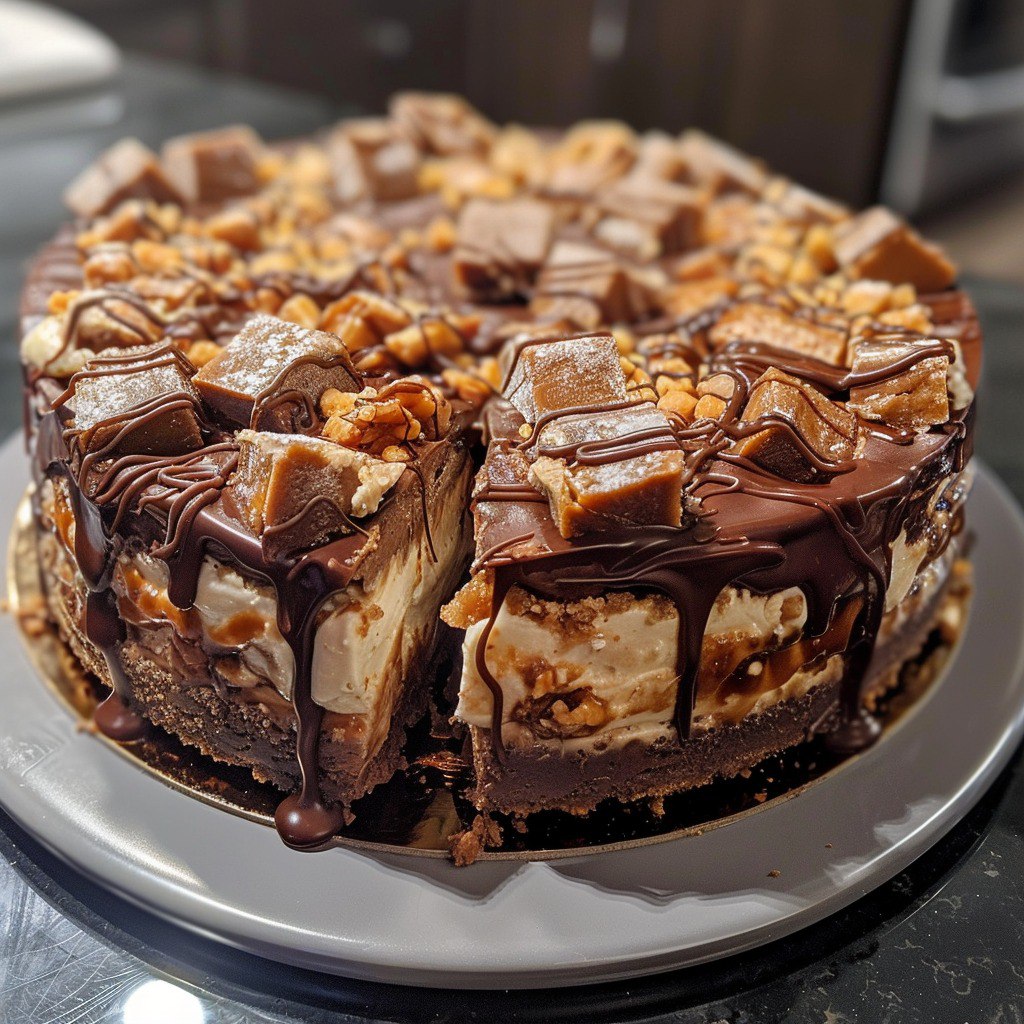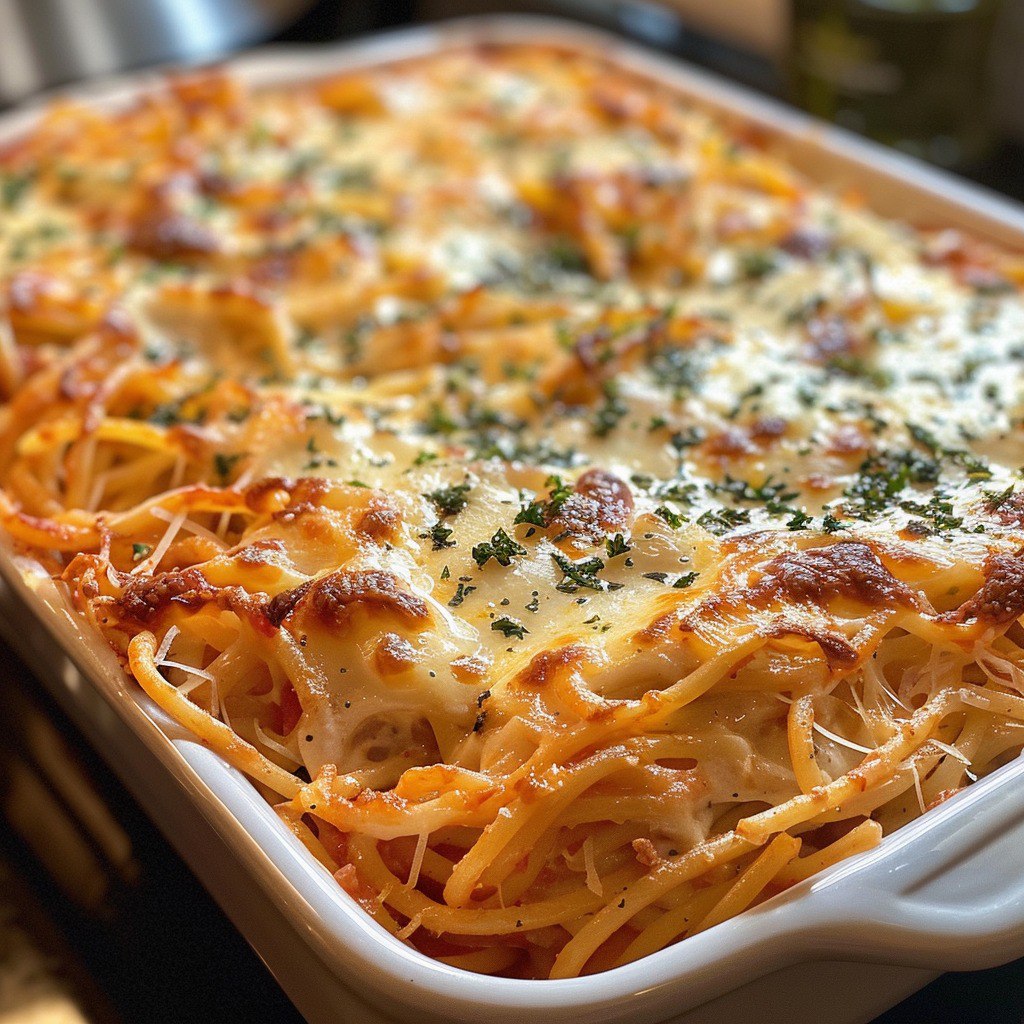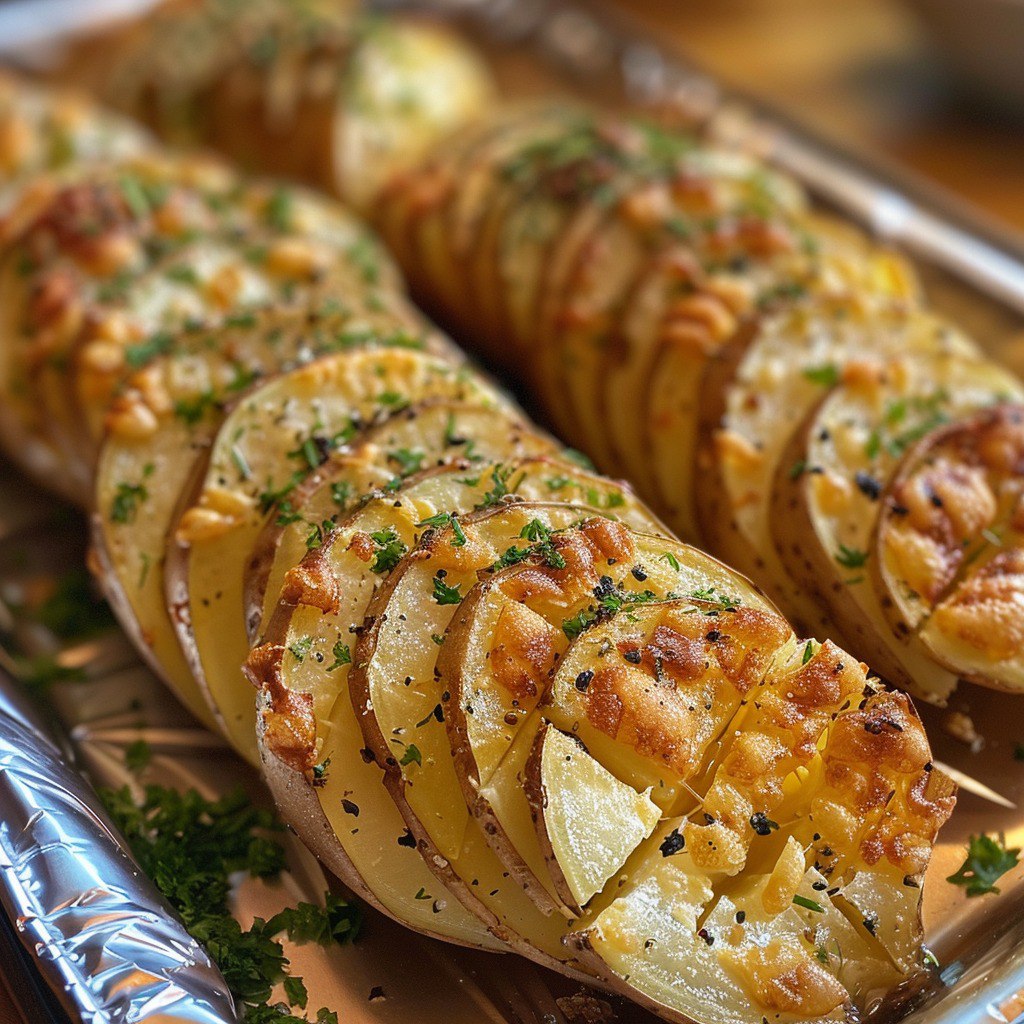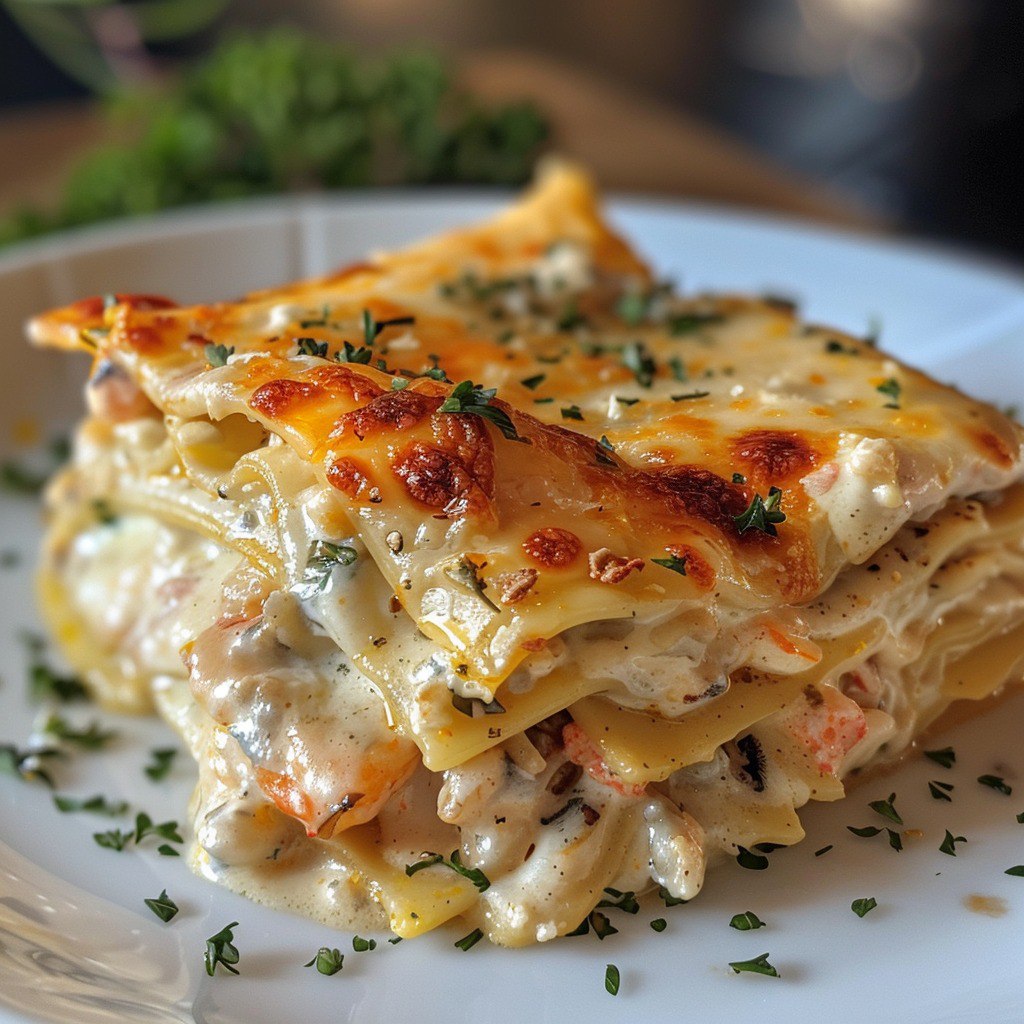There’s a reason homemade baked egg custard has stood the test of time. This humble yet elegant dessert, with its velvety texture and delicate sweetness, has graced tables for centuries. Whether you’re looking for a comforting family dessert or an impressive yet simple dish for entertaining, this classic never disappoints.
Baked egg custard represents the perfect marriage of simplicity and sophistication. With just eggs, milk, sugar, and vanilla, you can create a dessert that feels both nostalgic and special. The magic happens in the oven, where these basic ingredients transform into something greater than the sum of their parts – a creamy, dreamy treat that’s equally delicious served warm or chilled.
In this comprehensive guide, we’ll explore everything you need to know about making perfect homemade baked egg custard. From selecting the best ingredients to mastering the water bath technique, we’ve got you covered. We’ll also dive into creative variations, troubleshooting tips, and even the fascinating history of this beloved dessert.
Why Baked Egg Custard Deserves a Spot in Your Recipe Repertoire
Before we get into the specifics of preparation, let’s examine what makes this dessert so special:
- Unmatched Texture: The slow baking process creates a custard that’s simultaneously firm and creamy, with a melt-in-your-mouth quality that’s hard to replicate with other desserts.
- Minimal Ingredients: Unlike many modern desserts that require long lists of specialty items, custard keeps it simple with pantry staples.
- Nutritional Benefits: Compared to many desserts, custard offers a good protein boost from the eggs and calcium from the milk.
- Versatility: Serve it plain for a classic experience or dress it up with fruits, sauces, or garnishes for special occasions.
- Make-Ahead Friendly: Custard actually improves in flavor when chilled overnight, making it perfect for entertaining.
Moreover, mastering this fundamental recipe opens the door to countless variations and more complex desserts like crème brûlée, flan, and quiche.
The Science Behind Perfect Baked Custard
Understanding the science of custard can help you achieve perfect results every time. At its core, custard is a delicate balance of proteins and liquids:
- Egg Proteins: The eggs provide structure. When heated, their proteins unwind and form a network that gives custard its firmness.
- Milk’s Role: The milk (or cream) keeps the custard tender by interfering with protein bonding.
- Sugar’s Function: Beyond sweetness, sugar raises the temperature at which eggs set, preventing a rubbery texture.
- Water Bath Importance: The gentle, even heat of a water bath prevents the proteins from bonding too quickly and tightly.
Interestingly, the ideal baking temperature for custard (typically 325°F/160°C) represents a careful balance – hot enough to cook the eggs thoroughly but gentle enough to prevent curdling.
Step-by-Step Guide to Foolproof Baked Egg Custard
Selecting and Preparing Your Ingredients
Egg Selection:
- Always use fresh, large eggs at room temperature
- For richer custard, consider using 3 whole eggs plus 2 yolks
- Organic or free-range eggs often yield a more vibrant yellow color
Milk Choices:
- Whole milk is traditional and provides the best texture
- For extra richness, substitute 1 cup of the milk with heavy cream
- Non-dairy alternatives like coconut milk work well for dietary restrictions
Sugar Options:
- White granulated sugar is standard
- For deeper flavor, try substituting half with light brown sugar
- Alternative sweeteners like honey or maple syrup require recipe adjustments
Essential Equipment:
- Ramekins (6-ounce size is ideal) or a large baking dish
- Fine-mesh strainer for smoothing the mixture
- Instant-read thermometer for precision
- Large baking pan for the water bath
Mastering the Custard Base
- Tempering Technique:
- Heat milk just to a simmer (about 180°F)
- Slowly drizzle into egg mixture while whisking constantly
- This gradual introduction prevents scrambled eggs
- Flavor Infusions:
- Consider steeping the milk with vanilla bean, citrus zest, or spices
- Allow flavors to meld for 15-30 minutes before straining
- Straining Importance:
- Always strain through a fine-mesh sieve
- Removes any coagulated egg bits for ultra-smooth texture
- Helps incorporate ingredients evenly
Perfecting the Baking Process
Water Bath Essentials:
- Use hot (not boiling) water to surround the ramekins
- Water should come halfway up the sides of the dishes
- Covering with foil prevents skin formation and promotes even cooking
Doneness Tests:
- Visual: Edges are set but center jiggles slightly
- Temperature: 170-175°F at the center
- Knife Test: Clean knife comes out mostly clean when inserted
Cooling Protocol:
- Remove from water bath immediately
- Cool at room temperature for 30 minutes
- Refrigerate for at least 2 hours before serving
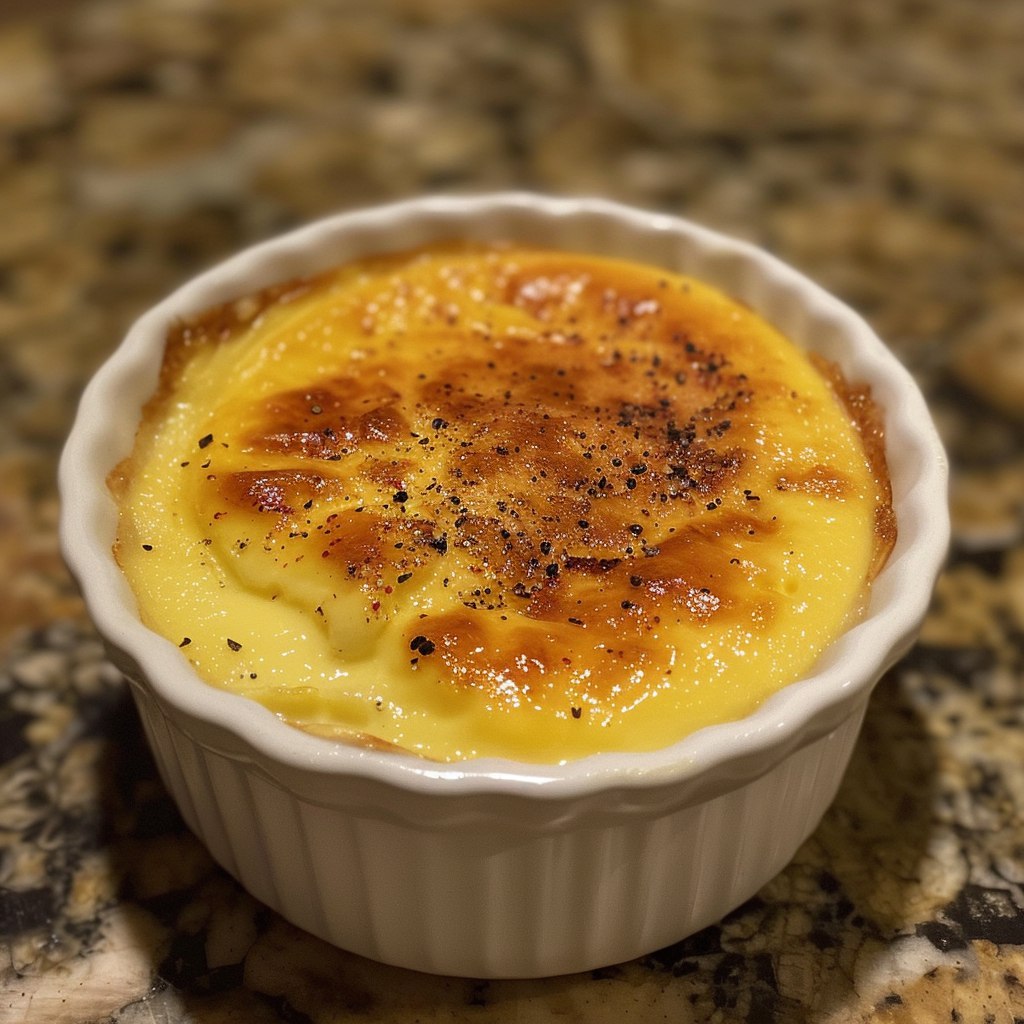
Troubleshooting Common Custard Problems
Even experienced bakers encounter issues sometimes. Here’s how to prevent and fix common custard mishaps:
Problem: Curdled Texture
- Cause: Overheating or too rapid cooking
- Fix: Bake at lower temperature (300°F) next time
- Prevention: Use water bath and don’t overbake
Problem: Weeping or Syneresis
- Cause: Overbaking or too much acid
- Fix: Strain off excess liquid before serving
- Prevention: Reduce baking time slightly
Problem: Tough or Rubber Texture
- Cause: Too many eggs or overbaking
- Fix: Serve with sauce to mask texture
- Prevention: Follow egg ratios precisely
Problem: Uneven Cooking
- Cause: Improper water bath setup
- Fix: Rotate dishes halfway through baking
- Prevention: Ensure even water level around all ramekins
Creative Variations on Classic Baked Custard
Once you’ve mastered the basic recipe, try these delicious variations:
Flavor Twists:
- Chai-Spiced: Infuse milk with cardamom, cinnamon, and cloves
- Citrus: Add lemon or orange zest to the milk
- Coffee: Dissolve instant espresso in the warm milk
Dietary Adaptations:
- Dairy-Free: Use full-fat coconut milk
- Lower-Sugar: Reduce sugar by 25% and add vanilla bean
- Keto: Substitute with almond milk and erythritol
Presentation Ideas:
- Individual Servings: Bake in teacups for a charming presentation
- Family-Style: Use a large baking dish for gatherings
- Layered Desserts: Alternate with fruit compote or crumble
The Rich History of Baked Custard
Custard’s history stretches back centuries, with roots in multiple culinary traditions:
- Ancient Rome: Early custard-like dishes were recorded in Apicius
- Middle Ages: Custard evolved as a way to use surplus eggs
- 17th Century: The water bath technique was refined in French cuisine
- Victorian Era: Became a staple of proper English desserts
Interestingly, the word “custard” derives from “croustade,” referring to the crust that originally surrounded custard fillings in medieval times.
Serving and Pairing Suggestions
Temperature Options:
- Serve chilled for a refreshing dessert
- Enjoy warm for comforting, homey appeal
- Room temperature allows flavors to shine
Accompaniments:
- Fresh berries or fruit compote
- Crème anglaise for extra indulgence
- Crushed amaretti cookies for texture contrast
Beverage Pairings:
- Dessert wines like Sauternes or Muscat
- Fortified wines such as sherry or port
- Tea (Earl Grey or chai work beautifully)
Frequently Asked Questions
Q: Can I make baked custard without eggs?
A: Traditional custard requires eggs for setting, but you can experiment with cornstarch or agar-agar alternatives.
Q: How long does baked custard keep?
A: Properly stored in the refrigerator, it lasts 3-4 days. The texture may become slightly firmer over time.
Q: Why did my custard develop bubbles?
A: This usually indicates the mixture was whisked too vigorously before baking. Gentle stirring prevents this.
Q: Can I freeze baked custard?
A: Freezing isn’t recommended as it alters the delicate texture. The custard may become watery when thawed.
Q: How can I prevent the surface from darkening too much?
A: Cover with foil during the last 15 minutes of baking, or bake at a slightly lower temperature.
Conclusion: Embracing the Art of Custard Making
Mastering homemade baked egg custard is a rewarding culinary achievement that connects us to generations of home bakers before us. This deceptively simple dessert teaches valuable kitchen skills – the importance of patience, precision, and understanding how ingredients interact.
Whether you stick to the classic recipe or experiment with creative variations, the process of making custard is as satisfying as the delicious results. Each silky spoonful represents the perfect balance of simplicity and sophistication, comfort and elegance.
Now that you’re equipped with all the knowledge needed for custard success, it’s time to preheat that oven and start whisking. Don’t forget to share your custard creations and any personal twists you’ve discovered along the way. Happy baking!
Print
Homemade Baked Egg Custard: The Ultimate Guide to a Classic Dessert
- Total Time: 55–60 mins
- Yield: 4 servings 1x
Description
Smooth, creamy, and delicately sweet, this classic Homemade Baked Egg Custard is the perfect comforting dessert. With just a handful of ingredients, you’ll have an elegant treat ready to enjoy warm or chilled.
Ingredients
- 4 large eggs
- 1/2 cup granulated sugar
- 2 cups whole milk
- 1 teaspoon vanilla extract
- Ground nutmeg or cinnamon, for garnish
Instructions
- Preheat oven to 325°F (160°C). Place four ramekins or custard cups inside a deep baking dish.
- In a medium bowl, whisk together the eggs and sugar until smooth and well combined.
- In a saucepan over medium heat, warm the milk until just simmering (do not let it boil).
- Slowly pour the hot milk into the egg mixture, whisking constantly to avoid curdling.
- Stir in the vanilla extract.
- Pour the custard mixture evenly into the ramekins. Sprinkle the tops with ground nutmeg or cinnamon.
- Pour hot water into the baking dish around the ramekins until it reaches about halfway up the sides, creating a water bath.
- Bake for 40–45 minutes, or until the custard is set around the edges but still slightly wobbly in the center.
- Carefully remove the ramekins from the water bath. Let cool to room temperature, then chill in the refrigerator before serving if desired.
Notes
- Using a water bath helps the custard cook evenly and prevents cracking.
- For extra flavor, try adding a pinch of lemon zest or almond extract.
- Serve with fresh berries or a drizzle of honey for an elegant touch.
- Prep Time: 15 mins
- Cook Time: 40–45 mins
- Category: Dessert
- Method: Baking
- Cuisine: American / Classic
Nutrition
- Serving Size: 1 ramekin
- Calories: 200 kcal
- Sugar: 18 g
- Sodium: 90 mg
- Fat: 9 g
- Saturated Fat: 4.5 g
- Unsaturated Fat: 3.5 g
- Trans Fat: 0 g
- Carbohydrates: 20 g
- Fiber: 0 g
- Protein: 8 g
- Cholesterol: 175 mg
Keywords: baked egg custard, classic custard, homemade custard, easy dessert, old-fashioned dessert

